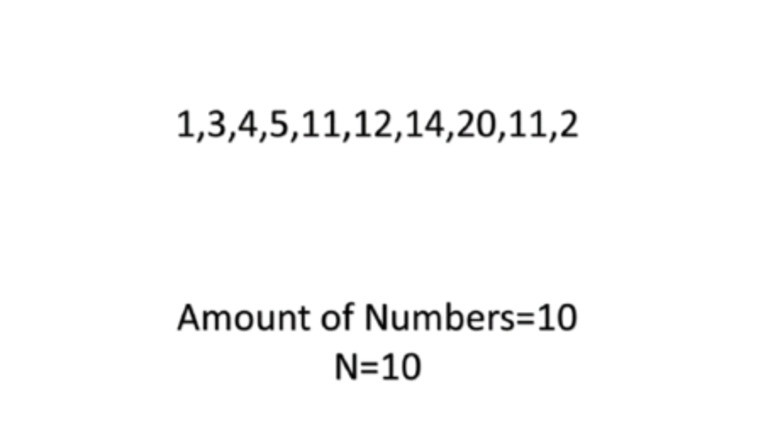
views
X
Research source
Preparing the Data for Calculation
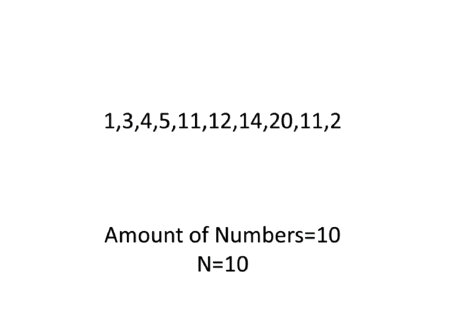
Determine the amount of numbers in your data set. You can do this by counting all of the numbers in the data set. Example: In a data set 1,3,4,5,11,12,14,20,11,2 there are 10 numbers in the data set
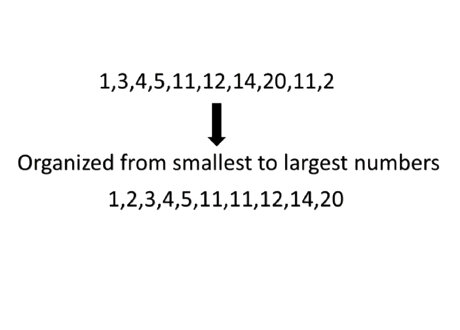
Organize the data in increasing order. Starting with the smallest number value up to the largest number. Organize the data by scanning and writing down the numbers in increasing number. While scanning cross out the numbers that were already used to keep track Example: In a data set 1,3,4,5,11,12,14,20,11,2 the numbers would be organized as 1,2,3,4,5,11,11,12,14,20
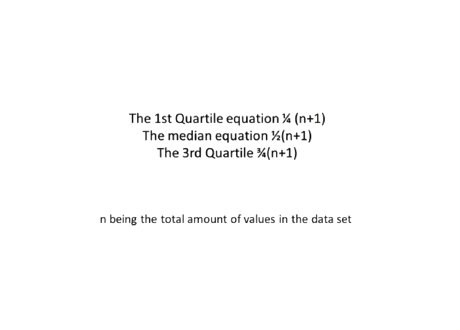
Write down or memorize the equations for both quartiles and the median. The 1st Quartie equation ¼ (n+1) The median equation ½(n+1) The 3rd Quartile ¾(n+1)
Calculating the First Quartile
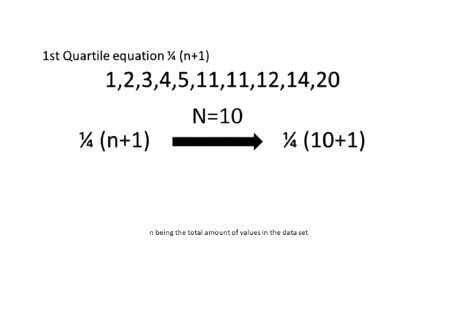
Plug in the value of n in the First Quartile formula. ¼(n+1) Example: In a data set 1,2,3,4,5,11,11,12,14,20 n=10, the equation will be ¼(10+1)
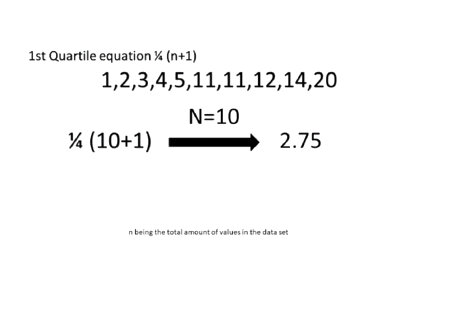
Solve the equation: Solving the equation will not give the exact answer of Quartile 1, it will instead give the position of the number. Example: In a data set 1,2,3,4,5,11,11,12,14,20 n=10, the equation will be ¼(10+1) which equals 11/4 or 2.75. This means that the first Quartile is located at position 2.75 in the data set.
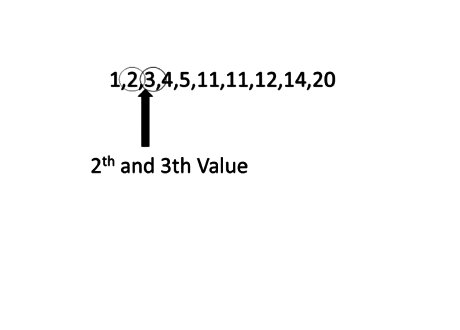
Use the solution from the equation to find the number at that position. After solving the equation, use the answer to find the location in the data set where the quartile is located. Example: In a data set 1,2,3,4,5,11,11,12,14,20 because the equation gave the decimal 2.75, the 1st Quartile is located between the 2nd and 3rd numbers in the data set
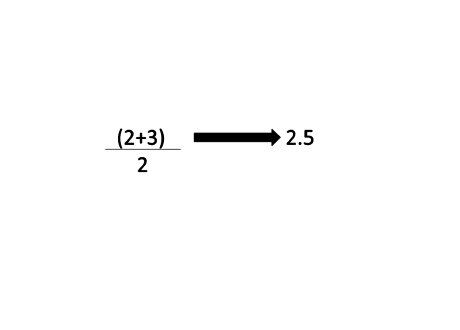
Find the average of the numbers to the left and to the right of the position.If a decimal is calculated A decimal means that the quartile is located in between the two numbers located left and right of it.1st quart slution 1.png Add the left and right numbers together then divide by two Example: In a data set 1,2,3,4,5,11,11,12,14,20 the number is in the 2.75th position which is between the 2nd and 3rd numbers meaning we take (2+3) then divide by 2 which equals 2.5
Find the Median
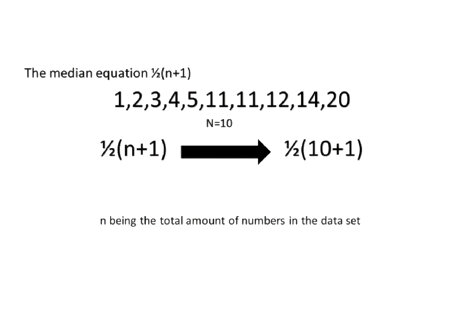
Plug in the value of n into the Median formula. ½(n+1) Example: In a data set 1,2,3,4,5,11,11,12,14,20 n=10, The equation will be ½(10+1)
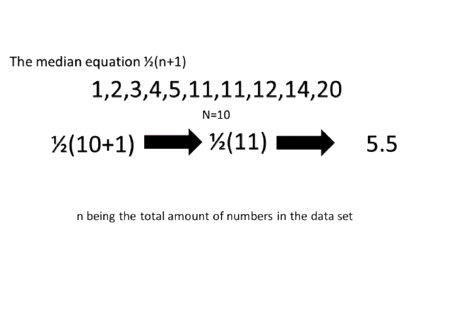
Solve the equation. Solving the equation will give you the location of the number (median) in the data set. Example: In a data set 1,2,3,4,5,11,11,12,14,20 n=10, The equation ½(10+1) will equal 5.5, which places the median at position 5.5
Locate the median in the data set. Use the position received from solving the median equation to locate the data.
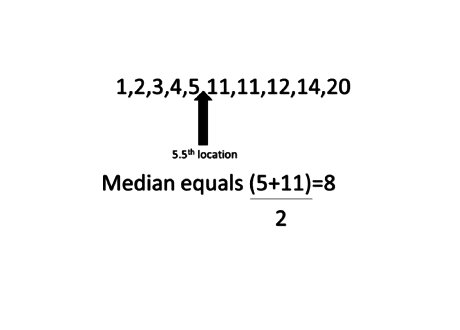
Find the average of the numbers right and left of the value received from the equation if it is an even number of data. Example: In a data set 1,2,3,4,5,11,11,12,14,20 n=10 the median is located position 5.5 which is between the 5th and 6th number. To find the median we will take the average of the 5th and 6th numbers. Taking the average means adding the two numbers together and dividing by 2. Example: 1,2,3,4,5,11,11,12,14,20 the numbers beside 5.5 is 5 and 11 therefore the equation goes (5+11)/2=8. The Median then equals 8.
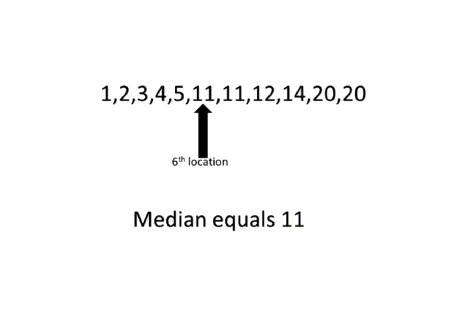
If it is an odd number of data then the position given by the equation will be the exact position of the median. Example:#*Example: In a data set 1,2,3,4,5,11,11,12,14,20,20 n=11, plug 11 in equation ½(11+1) the median will be at position 6 so the median is 11.
Calculate the Upper Quartile
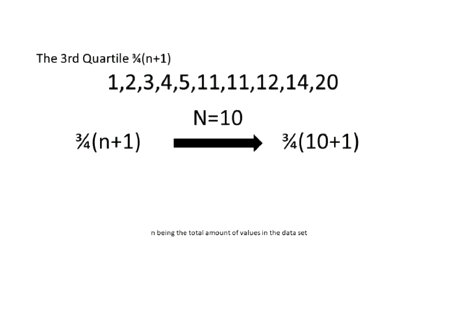
Plug in the value of n in the Third Quartile formula. ¾ (n+1) Example: In a data set 1,2,3,4,5,11,11,12,14,20 n=10, The equation will be ¾ (10+1)
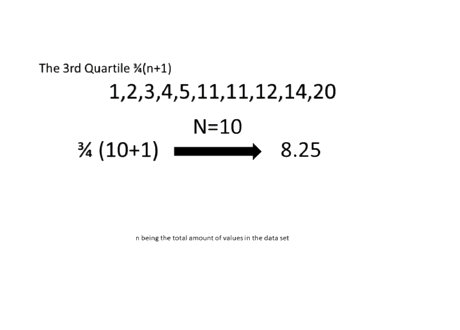
Solve the equation. The solving of the equation will not give the 3rd Quartile it will instead give the position of the number. Example: In a data set 1,2,3,4,5,11,11,12,14,20 n=10, The equation will be ¾ (10+1) will equal 33/4 .This means that the third Quartile is located at position 8.25.
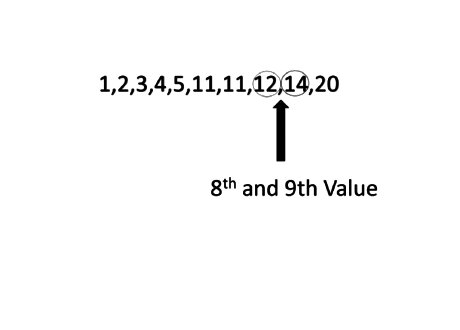
Use the solution from the equation to find the number at the position. After computing the equation use the answer to find the location in the data set where the quartile is located. Example: In a data set 1,2,3,4,5,11,11,12,14,20 the number is in the 8.25th position, therefore, the 3rd Quartile is between the 8th and 10th numbers
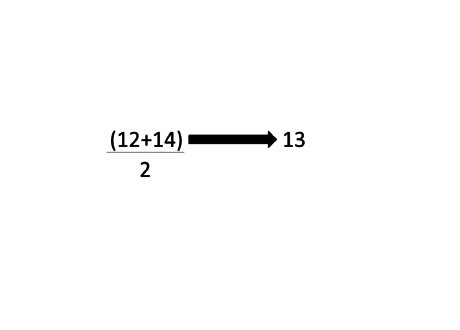
Find the average of the numbers to the left and the right of the position if a decimal is calculated from the equation. Add the left and right numbers together then divide by two. Example: In a data set 1,2,3,4,5,11,11,12,14,20 the number is in the 8.25th position which is between the 8th and 10th numbers meaning we take (12+14) then divide by 2 which equals 13

















Comments
0 comment